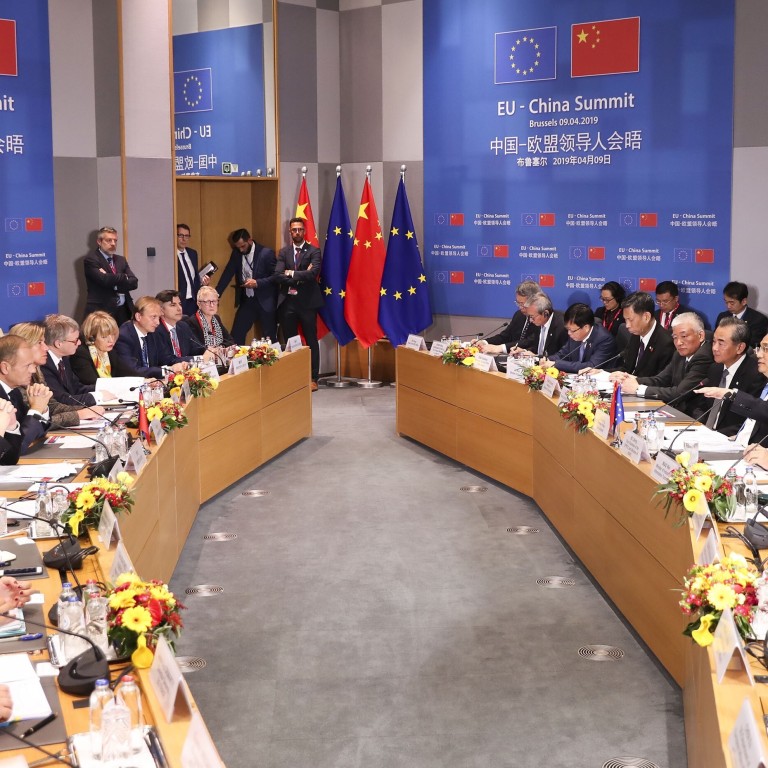
Explainer | What is the China-EU CAI and how is an investment deal different from a trade deal?
- The Comprehensive Agreement on Investment has been seven years in the making and still nothing has been signed
- China signed two big trade deals this year – the phase one trade deal with the US and RCEP – but this investment treaty has a different purpose
The Comprehensive Agreement on Investment (CAI) was meant to join the ranks of other major economic deals signed in 2020, such as the Regional Comprehensive Economic Partnership, a China-backed trade deal which includes 15 countries in the Pacific, and the China-US phase one trade agreement.
But doubt has been cast on the deal in the final hours caused by sticky negotiation issues – including human rights, market access and dispute settlements – as well as signals of disapproval from Washington. And even if the two sides pull through, the deal still faces hurdles such as the ratification process, a gauntlet run through the EU parliament.
What is the purpose of the deal, and what do the two sides want?
For the EU, creating a “level playing field” with China has been the key phrase in its messaging. Brussels and European businesses planned for the deal to remove market access limitations, including China’s licensing requirements and limits to foreign ownership in certain sectors.
Investment deal not a panacea for troubled China-EU relations, observers say
China, for its part, has raised objections with Europe’s tightening of its foreign investment screening policies in recent years, increasing suspicion over Chinese buying firms in what Europe sees as strategic sectors.
During the most recent annual EU-China summit, held via video conference in June, China’s premier Li Keqiang told leaders in Brussels he hoped Europe would keep its investment markets open to China.
How is the CAI different from other big deals made this year?
The EU said this investment deal with China aimed to be ambitious and cover a wide range of issues.
The CAI is unlike the US-China phase one agreement, that not only demands greater market access for US companies but also holds Beijing to buying American goods, from agriculture to manufacturing, including some at the expense of purchases from Europe.
EU insists it wants to start talks about a bilateral free-trade agreement after the investment deal is done. But even if the China and the EU can sign a deal, the CAI will face a number of challenges from the EU parliament.
What’s the problem with the CAI?
But optimism has dimmed in recent months. An EU policy briefing in September had already cast doubt on whether the two sides could reach an agreement before the end of the year, saying China had been more focused on navigating its relationship with the US than with Europe.
China has been accused of detaining Muslim Uygurs and other minorities and using forced labour. China denies the claims and says alleged detention camps are vocational training centres.
What’s going to happen before the year’s end?
While there have been some positive signs, developments in recent days do not bode well for the deal’s completion.
But EU member state Poland expressed doubt, saying Europe should seek a fair, mutually beneficial agreement with China.
“We need more consultations and transparency bringing our transatlantic allies on board. A good, balanced deal is better than a premature one,” said Poland’s minster of foreign affairs Zbigniew Rau in a tweet on Tuesday.
What effect will a Biden presidency have on China-EU investment talks?
“The Biden-Harris administration would welcome early consultations with our European partners on our common concerns about China’s economic practices,” Sullivan posted on Twitter, with a link to a story about the CAI.

